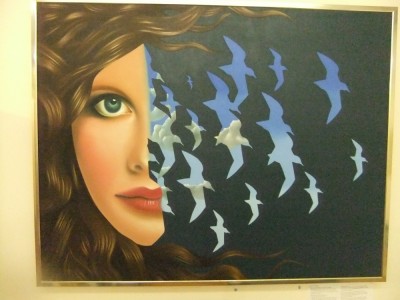
Is Valuation an Art or a Science?
This is an age old question pondered by valuation experts many times over. I believe that most valuers tend to err on the side of valuation being an art rather than a science, mainly on the basis that it requires judgment and is a statement of opinion not fact.
However, I believe it is reasonable to disagree with the proposition that valuation is an art not a science to some extent, i.e. one could argue that it is probably a mixture of the two.
The fact that one follows a logical process in reaching a valuation opinion means that there are, it can be argued, scientific elements to it. For example, a rental valuation of an industrial building involves carrying out relevant research such as finding out rental comparables and yields acceptable for similar buildings. This objective evidence is then used to formulate and support the valuer’s opinion.
The art lies in the subjective judgement(s) that a valuer makes, having considered the research/evidence carried out, in actually putting a figure against an asset and in making appropriate adjustments, e.g. for differences between assets. However, the interim process of gathering evidence and making calculations, it can be said is more scientific than artful, in that it is methodical and planned, rather than spontaneous and creative.
Certain types of valuation are more scientific than others, e.g. insurance valuations are more a case of calculating costs and making calculations, and there is less valuation ‘judgement’ involved than with, for example, market valuations.
If valuation were ‘pure art’ then one could argue that it would simply be a case of valuers applying figures to assets perhaps without following any kind of definable thought process. This, one can argue, would not be a proper valuation, as a valuer must be able to explain their opinion with reference to evidence (e.g. showing comparable sales evidence). The whole proposition centres on the question of what defines art and science.
From a ‘purist’ perspective, some would argue that valuation is neither science nor art; it is its own subject entirely. However, from a general perspective, it may be argued that there are scientific elements to all art (e.g. music can be quantified and measured and transposed into written form), and therefore science and art can, and often are, interrelated. One could surmise that science and art are both ‘human’ concepts; one being the concept of reason and the other being the concept of creativity. If valuation has to be placed into one of those two brackets (reason or creativity), then most laymen might opt for reason because it is a subject which follows logical procedures (for example DCF techniques) and employs specific calculations (such as the DRC method) and, importantly, if a valuer is forced to defend his opinion in court, most would be happier doing so having used reason as their prime approach.

